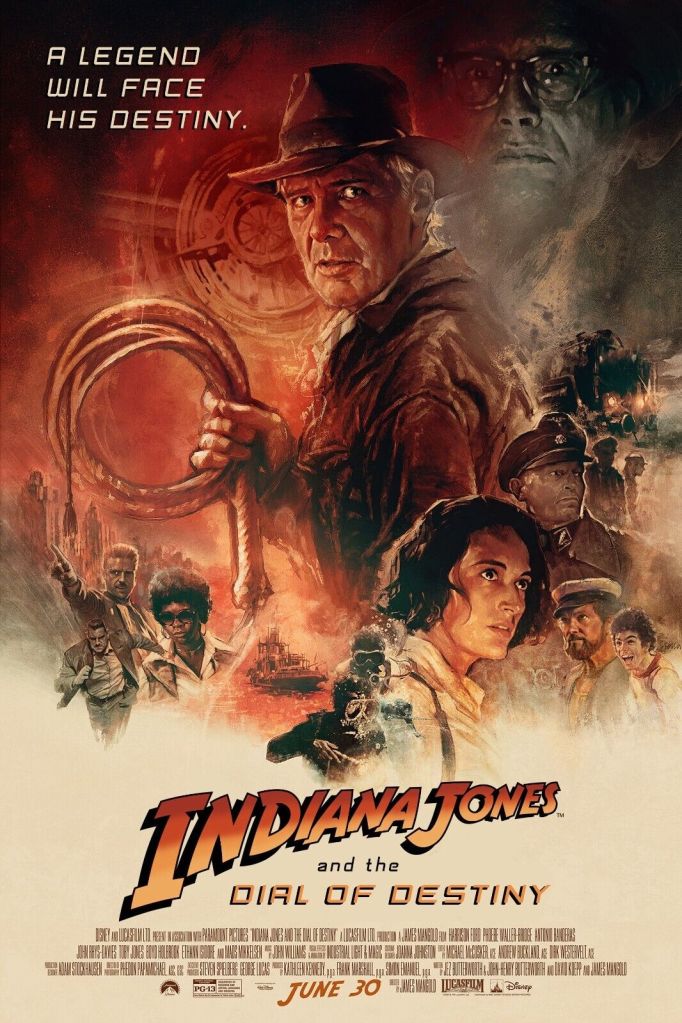
One of the major shortcomings of the first Harry Potter film is that it asked the audience to come along on a hero’s journey with a character who has no apparent reason to be respected or taken seriously. Any of the self-awareness and nuance that might have been present in the source material is absent, and what we’re left with instead is a boy being led into a wondrous world and constantly told how special he is, while doing nothing whatsoever to justify that claim. Such are the difficulties of a franchise adaptation, wherein the hero is whoever the script says it is, and named characters are introduced and discarded seemingly on a whim, leaving newcomers wondering why they bothered to show up for the barest threads of story that might not pay off until the second or third blockbuster in the series. Gavin Hood‘s adaptation of Orson Scott Card‘s Ender’s Game surely demonstrates a few of these shortcomings with regard to cast and story structure, but impressively, none of them are present in the character of Ender Wiggin (Asa Butterfield) himself.
Fifty years after a devastating invasion by a race of fearsome alien bugs called Formics, Earth is arming for a full-scale attack on the invaders’ home planet. Fleet Colonel Graff (Harrison Ford) and Major Anderson (Viola Davis) are tasked with training a gang of child pilots to command the fleet, winnowing from their ranks a single cadet who might become the savior of the human race. The question, from the film’s outset, is never whether this fleet commander will be Ender Wiggin, but rather, why? And it is in answering this question that the film is most effective. Ender is placed in one situation after another that tests his mettle, strategic mind, and ruthlessness. Much of this is under the unseen guidance and surveillance of the military, but it often occurs through sheer dumb luck. Many of these situations are unsurprisingly softened from the source material, but all of them do an effective job of establishing Ender as a force to be reckoned with – the plausible product of a worldwide search for someone who is so willing to thoroughly vanquish his enemies.

The film is at its visual strongest during the first half, in which the cadets head for an orbital station to train in a team-based war game that bears unfortunate retrospective resemblance to Quidditch. The teams float around in a massive, zero-gravity battle room playing an elaborate three-dimensional game of laser tag. They score points by paralyzing enemy players, and can ultimately win the game regardless of the current score by slotting a single undamaged player successfully into the enemy’s open gate on the opposite end of the chamber. As an aside, I’d like to take a moment here to marvel that this film was not shot or upconverted to 3D. While it is certainly to this film’s detriment that it comes so closely after Gravity for visual comparison, these sequences are undeniably impressive, and it is frankly a marvel that the studio didn’t try to cash in on them further. The suit design and camera work makes it a simple matter to follow the progress and flow of the game, and the chamber itself – covered in windows to open space outside, and filled with floating platforms for cover and strategy – is absolutely gorgeous. If these sequences have any shortcoming, it’s that they all seem a bit rushed. Rather than full story events with a clear trajectory and consequences for multiple characters, they feel more like montages designed to propel Ender (and no one else) into the next act of the story. Ender changes rank more times in an hour than 2009’s Captain Kirk, and it would not surprise me if non-book-readers have a hard time making sense of any of it.
Vague spoilers will follow.
But then, I suppose that’s what it always comes down to with adaptations. I read Ender’s Game nearly a decade ago, and it would be easy to say that this disqualifies me from objectively judging the story’s effectiveness – particularly its final act and twist. But when it comes to an adaptation as long-awaited as this, it’s important to remember that as long as it is still available for public consumption, nothing can take away or destroy a prior work of art. No remake, adaptation, spinoff, sequel, director’s dubious past work, or author’s vociferous homophobia can ever take away the effectiveness of the original work. At best, the new version can serve as a worthy companion piece, and at worst, as an object lesson in the effectiveness of the original story and its original medium. My conclusion, based on a distant memory of the book, is that the film’s revelation is about as effective as it was in the original book. To repurpose a lovely phrase from Looper director Rian Johnson, even if a revelation is obvious, it can trade the cheap coin of surprise for the priceless one of dread. Even if you remove the sci-fi trappings, the plight of Ender Wiggin is being lived out by present-day drone pilots who become bloodless killers in an intensely video-game-like fashion. The film addresses this with a denouement that is about as baffling and unexpected as in the original work, in which the exploration of Ender’s psyche pays off in a way that feels just a bit unearned. But the film is effective enough at establishing that Ender will ruthlessly destroy his enemies and feel bad about it in more than just a token fashion, and it has the decency not to commit and portray an act of immense destruction without lending it the appropriate amount of weight. Remember in G.I. Joe: Retaliation when the entire city of London was destroyed for no reason? Neither do I.
Visually, the final space battle is a bit of a letdown – a thorough demonstration of CGI quantity over quality as one undifferentiated swarm of drone-ships meets another. After demonstrating an impressive grasp of the dimensionality of space in the first half, the film’s final battle feels oddly planar, taking place relative to “horizontal” asteroid belts or planetary rings. But despite the visual chaos on display, the film succeeds in giving us an acceptable reason for it all. There are number of repeating scenes in which the film’s grownups – Ford, Davis, and an elusive turn by Ben Kingsley – debate the consequences of what they’re doing with Ender and the enemy fleet. They speak of genocide and crimes of warfare. They speak of child soldiers and post-traumatic stress. Their interactions eventually get a bit repetitive and strain credulity (would they really compare Ender to both Julius Caesar and Napoleon Bonaparte in front of his face?), but it is these performances – along with that of Butterfield himself – that imbue the film’s dense visual annihilation with a modicum of humanity and tears. And that may ultimately be what made me take Ender’s Game seriously. These themes are hurriedly made explicit in the last five minutes, but they are teased effectively throughout the film. Ender is ultimately both the savior and damnation of mankind, and exceeds his elders’ expectations in the most horrific way possible. And for all of his reluctance and humility, the clearest lesson he presents is that if you’re anything but the best…you’re expendable. Is this the lesson the film was going for? Hard to say. But the single, gigantic space-gun wasn’t exactly a soft touch.
FilmWonk rating: 7 out of 10





